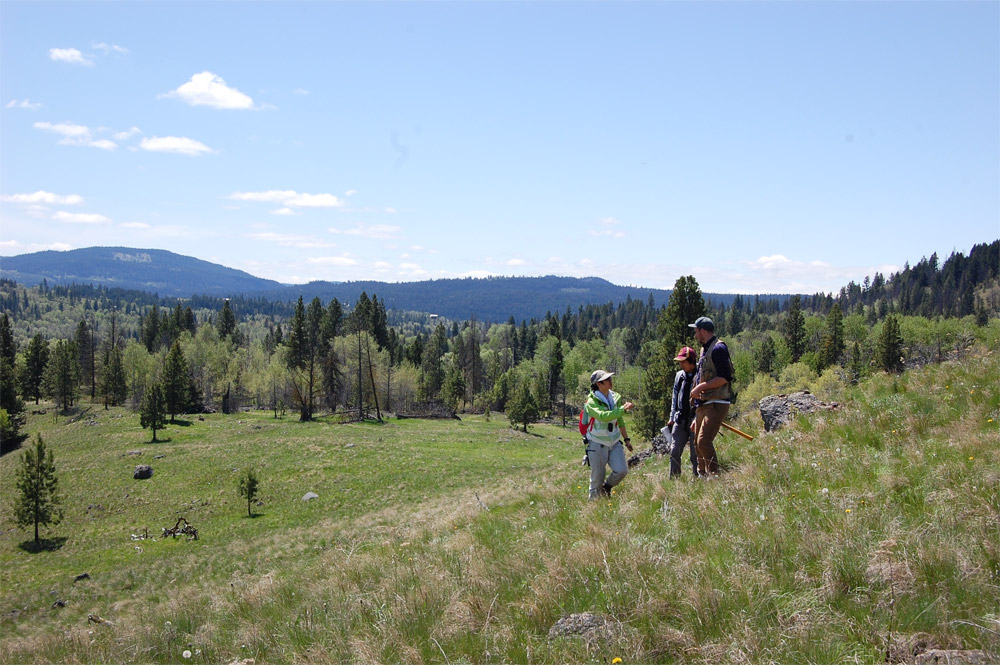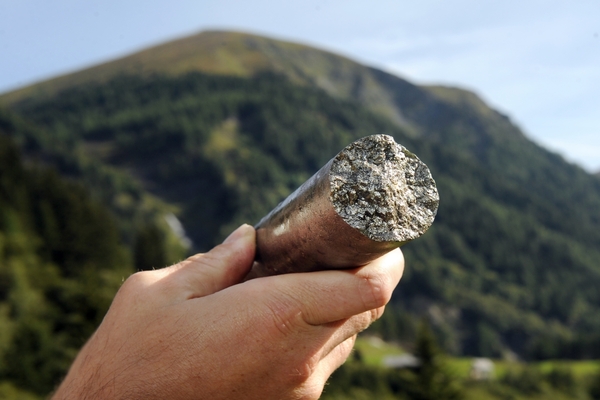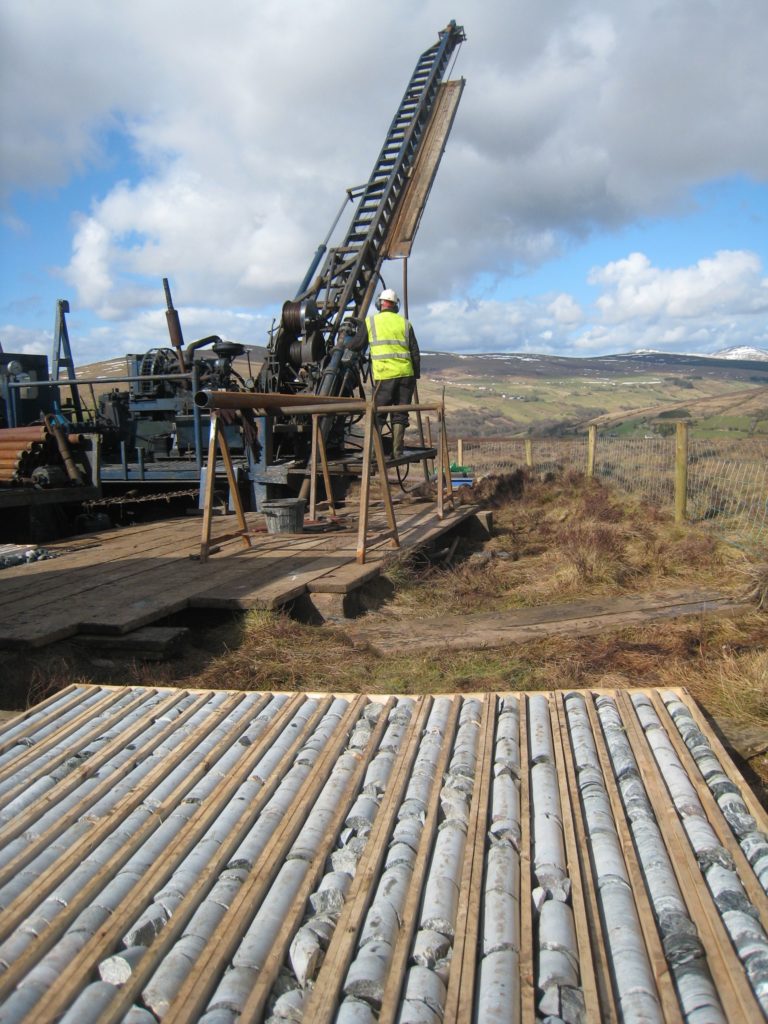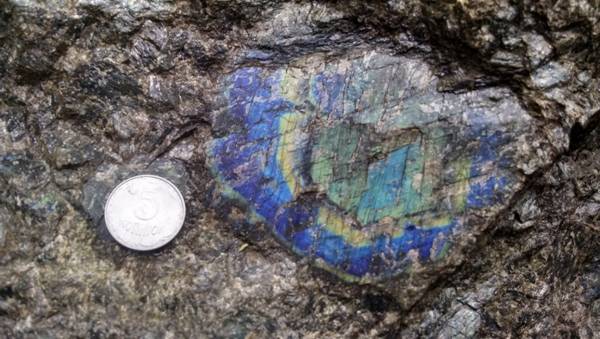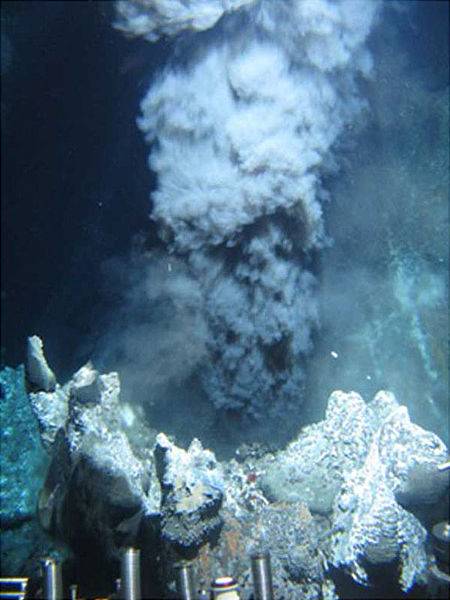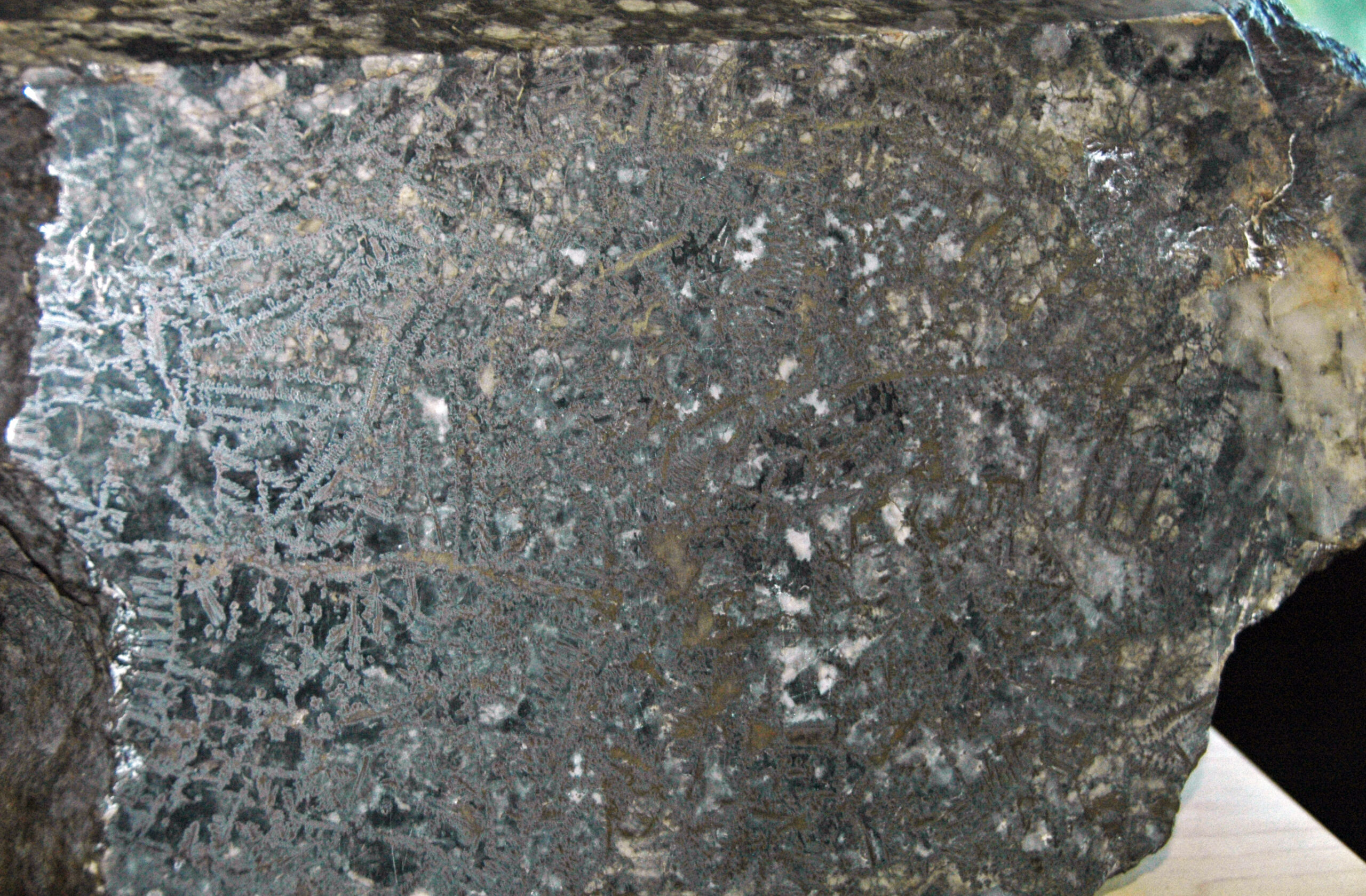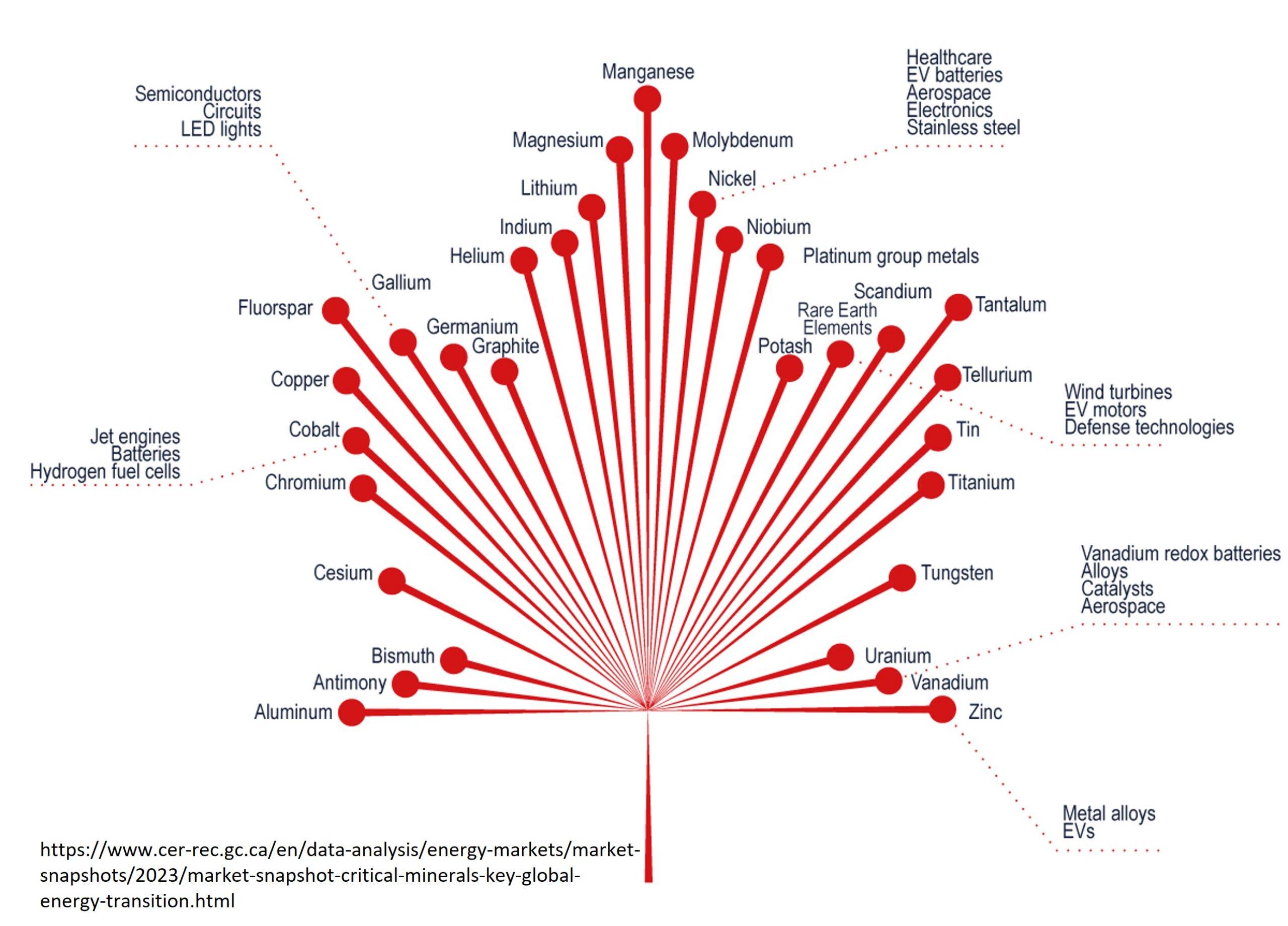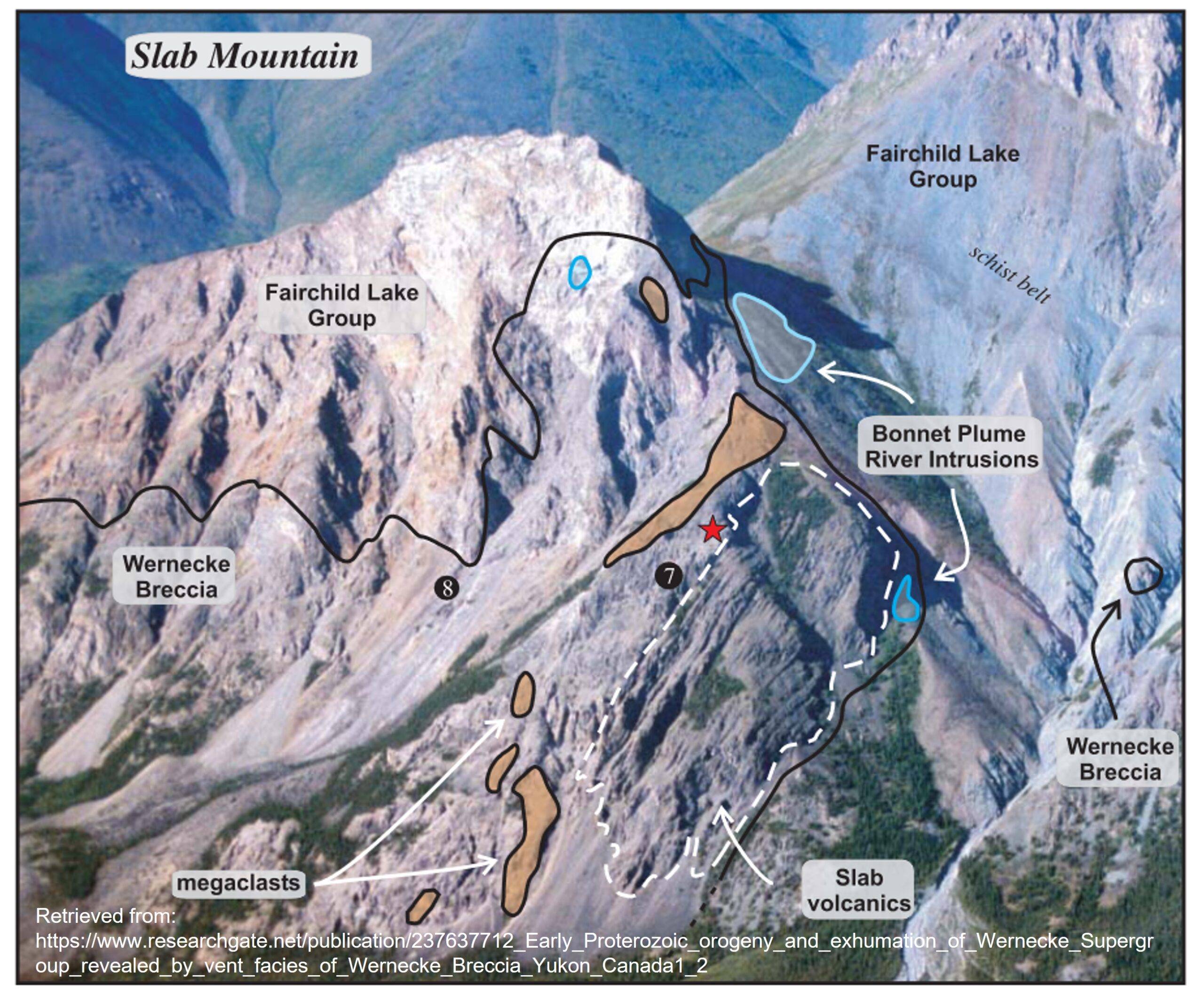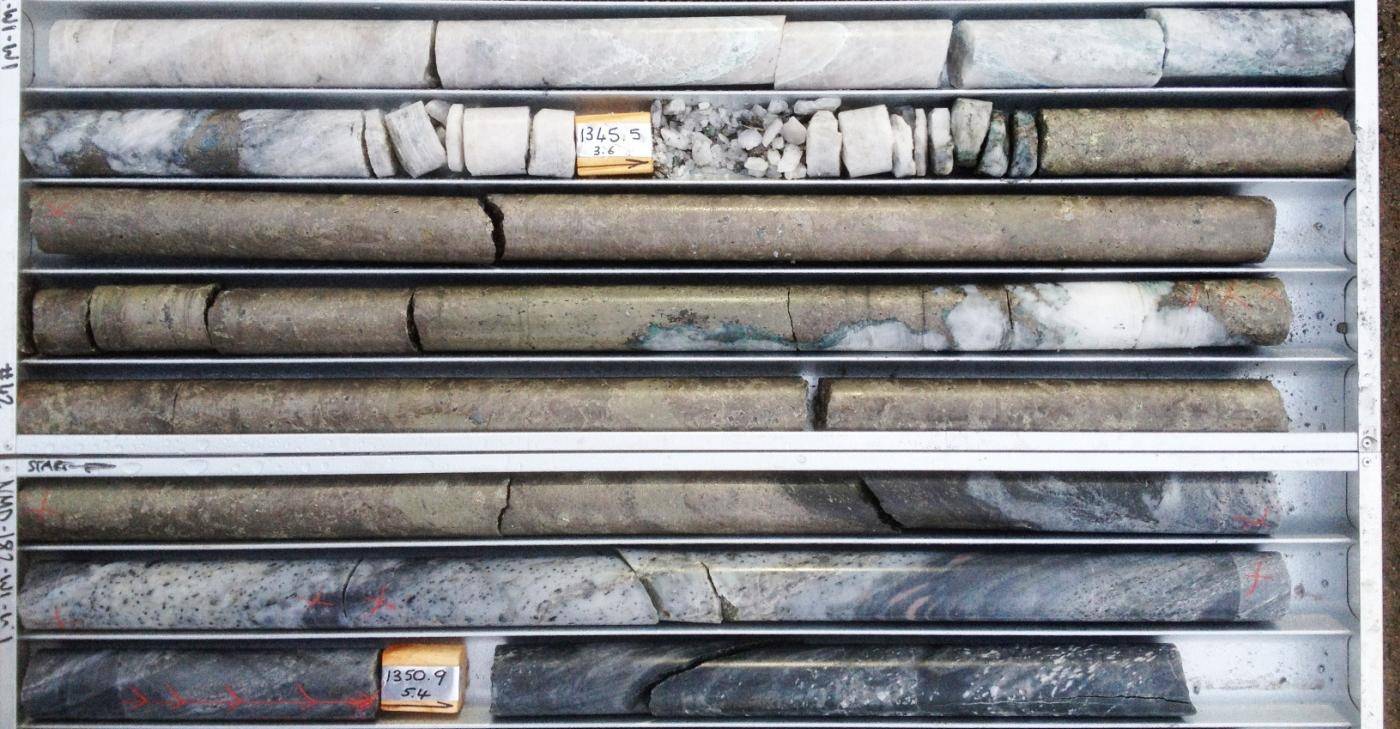In the annals of geology there are standard deposits which occur worldwide. Their genesis is well understood and their tonnage and grade predictable. Then there are these wild freaks of nature that boggle the mind in how and what created them. The Witwatersrand (Wits) paleo placer Gold-Uranium deposits which have produced 1.6 Billion ounces of gold, are one such so large, so utterly singular, and so freaky as to be thought to be a chance occurrence and unique worldwide. However, thanks to geological detective work of the first order a small Canadian company has uncovered what could be an extension of this basin 9000 kilometers away. Novo Resources (CSE:NVO) has discovered Gold in setting analogous to the famous Wits
Genesis
The story starts 2900 million years ago. After a 1700 million years of slowly cooling, and with the origin of life the earth’s atmosphere was starting to change with profound implications.
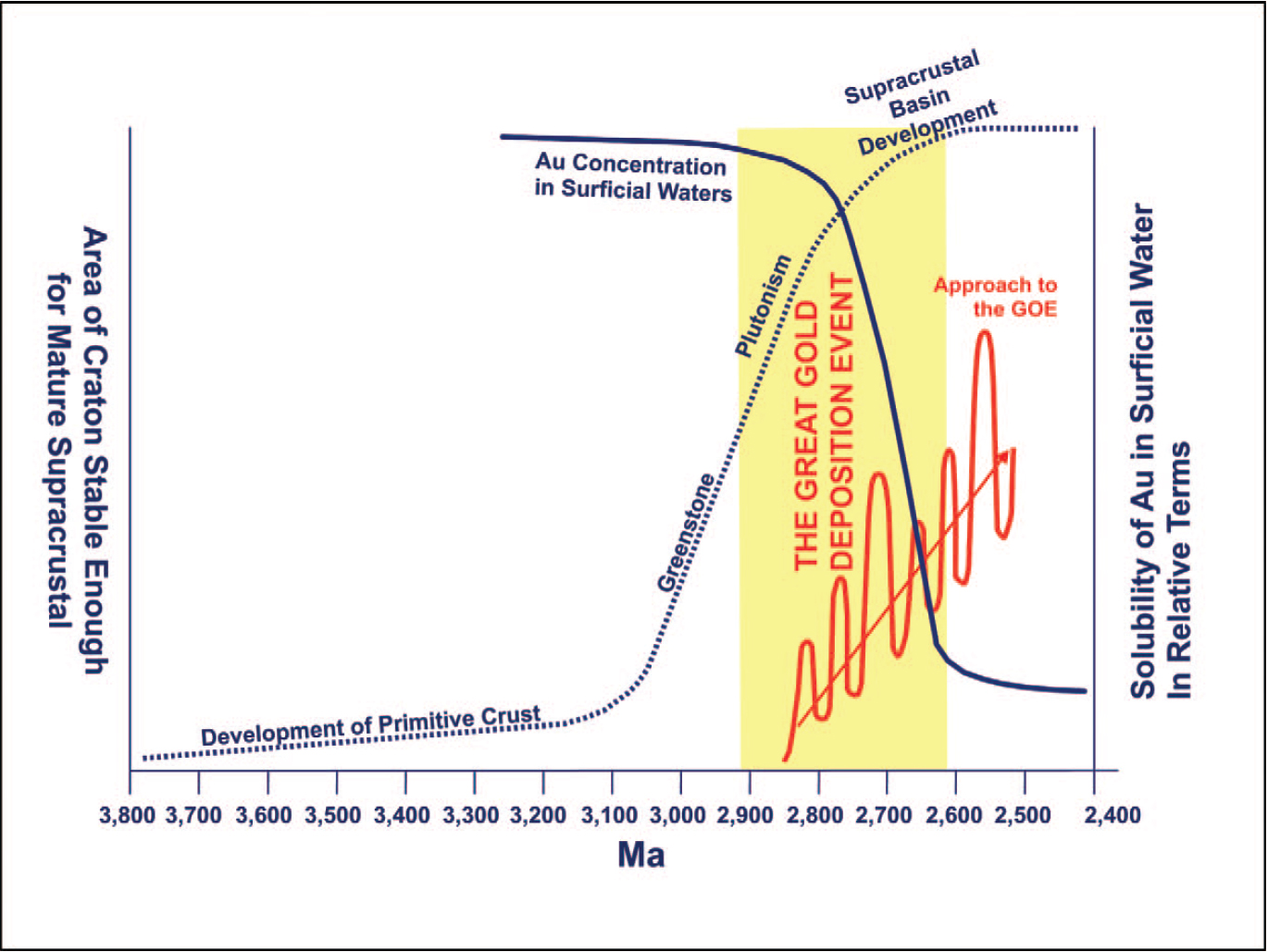
One of these was the change in chemistry from a relatively gold saturated ocean to a relatively gold undersaturated that occurred with the formation of the first continents. This created a window of opportunity for large, gold rich sedimentary basins like the Wits to form. There must have been many, many such basins but they all have eroded away except the Wits. By chance what became Western Australia and South Africa were beside each other (VaalBara – From the South Africa KaapVaal and Australian Pilbara) during the critical time period as the Wits was forming. They would soon break apart and never be together again.
Putting the Pieces together
It took a prospectors hunch to stake the ground, and geologists intuition to explore it. The rocks had been explored in the 1960’s but their affinity had not been pinpointed as uranium was the primary exploration target at the time. Since then a small resource (under 500 K ounces Gold) had been built up by various companies workers but no definitive connection had been made between the wits, and the gold was thought be thin and discontinuous.
Mark Creasy recognized the gold-bearing conglomerates (a sedimentary rock consisting of large pebbles cemented together) and historic workings and acquired the ground.
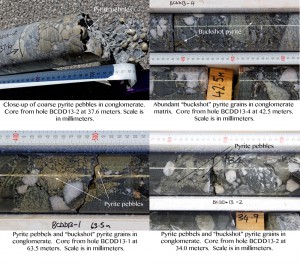
In 2010, Geologist Dr. Quentin Hennigh, President of Novo Resources, recognizing the significance acquired the ground. Exploration confirmed the “smoking gun” – a quartz-pyrite-gold-uranium conglomerate. These conglomerates only formed before 2.2 Billion years ago when there was too little oxygen to turn the pyrite from sulfide to oxide and to remove the uranium entirely and they occur in a few areas of the globe including the Wits. Armed with this knowledge the company did step out drilling from the known areas and the results were gratifying – 35 meters at 2.08 grams per tonne (gpt) gold including 3 meters at 14.26 gpt gold in hole BCRC11-002, 27.45 meters at 1.54 gpt gold including 2.30 meters at 12.41 gpt gold in hole BCDD13-008. An initial resource has been put together for the Beatons Creek area and the rest of their large package of land is being aggressively explored. It’s in the early stages but this is definitely a company to watch and a testament to slowly putting the pieces together in geological detective work.
Further Reading
Horsecroft FDM, Mossman DJ, Reimer TO, Hennigh Q, 2011 WITWATERSRAND METALLOGENESIS: THE CASE FOR (MODIFIED)SYNGENESIS in Microbial Mats in Siliciclastic Depositional Systems Through Time, SEPM (Society for Sedimentary Geology), ISBN 978-1-56576-314-2, p. 75–95

